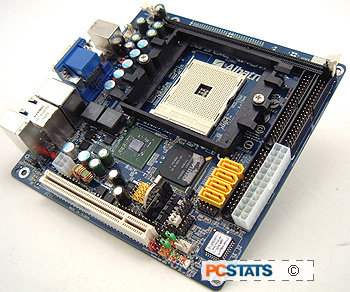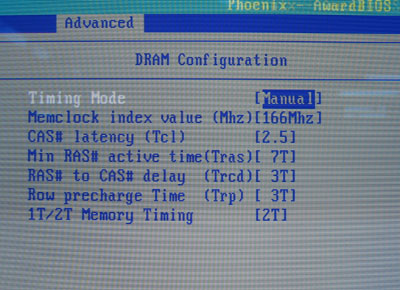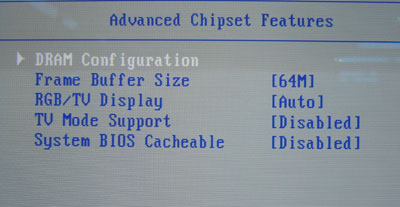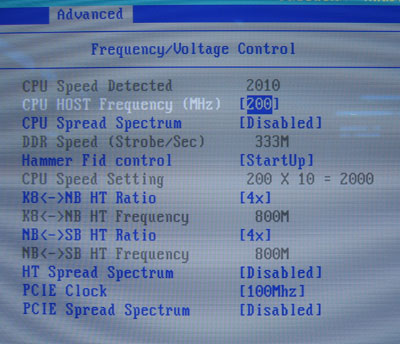High definition is the future entertainment standard of tomorrow's video's.
Playing high definition content on current generation PCs can bog down even the
fastest processors because there is more data to handle. Similar to the need for
DVD accelerators a few years ago, nVIDIA PureVideo enables computer users to
view MPEG-2/DVD and WMV9 High Definition formats on the monitor without slowing
the Albatron KI51PV-754 system to a crawl.

 The PureVideo standard incorporates a
hardware accelerator for the afore mentioned MPEG-2/DVD, and Microsoft Windows
Media High Definition Video standards (WMV9 HD). According to nVIDIA's
documentation on PureVideo, the GPU (GeForce 6 and 7 series GPUs) takes on video
decoding tasks from the CPU, and the end result is smoother, shutter free High
Definition playback. nVIDIA PureVideo also supports most current and future high
definition formats.
The PureVideo standard incorporates a
hardware accelerator for the afore mentioned MPEG-2/DVD, and Microsoft Windows
Media High Definition Video standards (WMV9 HD). According to nVIDIA's
documentation on PureVideo, the GPU (GeForce 6 and 7 series GPUs) takes on video
decoding tasks from the CPU, and the end result is smoother, shutter free High
Definition playback. nVIDIA PureVideo also supports most current and future high
definition formats.
PureVideo is more than just a media accelerator; it also
includes features to improve video picture quality. DVD, cable and satellite
video provide poor crispness, clearness and smoothness that consumers have been
desperate to be "saved from." nVIDIA's PureVideo technology applies spatial
temporal de-interlacing to apparently deliver a better image than traditional
de-interlacing can muster. PureVideo also fixes the 3:2 pull down problem that
can arise from 24 fps video being converted to 30 fps for viewing on TVs or
monitors. By recovering the original 24 frame content, PureVideo allows for a
clear crisper image.
Another neat feature
of PureVideo is its ability to scale videos to any resolution, while maintaining
a relatively detailed picture. This means users can view lower resolution videos
at a high resolution without suffering too much from blocky or blurry
pictures.
Examining CPU Load with PureVideo
To test PureVideo's High Definition accelerating
capabilities on the Albatron KI51PV-754, we'll playback a video downloaded from
Microsoft's WMV HD Content Showcase through
Windows Media Player 10. "The Discoverers" (IMAX) video is available in both 720P
and 1080P formats. AMD processor utilization will be monitored via Task
Manager.

CPU usage was relatively high when running the 720P version of the
Discoverers video and jumped between 50-60%.

Running the 1080P version of the Discoverers
video really increases load on the Albatron KI51PV-754 motherboard and its AMD
Athlon64 3200+ (754) processor.
CPU
usage hovers between 75-85%, which is fairly significant so you wouldn't want to be
running anything in the background.
The BIOS Options in Brief:

There are basic memory tweaks here, we had to set the memory to
run at DDR-333 MHz mode to get the motherboard to run smoothly.

The only real option of any value here is the
Frame Buffer Size. If you're not going to be playing any games on the integrated Geforce 6150, set
the value to between 8-16MB. That should be sufficient for basic Windows tasks. The TV-out
signal is compatible with NTSC-M/J, PAL-M/BDGHI/N/NC.

The motherboard clock frequency can be adjusted from 200-450 MHz in 1
MHz increments. You can adjust the AMD Athlon64 processor multiplier as well as change
the HTT multiplier and PCI Express frequency. There are no voltage options, so
you won't get very far if you do decide to try and overclock.
We decided to skip overclocking tests on the Albatron
KI51PV-754 mini-ITX motherboard because it really isn't built for this kind of application.
Up next, system specs and then several rounds of office and total-system benchmarks.
